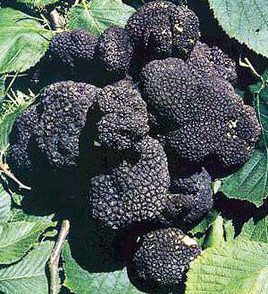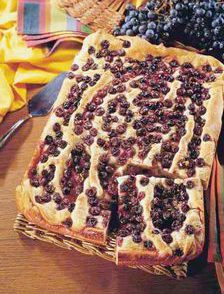Pizza is a word that people from almost every corner of our earth know. But is a pizza in Chicago the same as a pizza in Japan? Or is a pizza in New York the same as a pizza in Italy? The answer is no. In Italy, pizza is serious business.Deepdish, stuffed crust, square not a single one of these adjectives describe a pizza, according to Italys Ministry of Agriculture. Pizza only means one thing. The term pizza, a slang Neapolitan pronunciation of the word pita, was first used in Italy in 997 and linked directly to the flat bread baked in Pompeii 2,000 years ago. The true pizza napoletana offered a base of dough covered with tomatoes. Italians have famed explorer Christopher Columbus to thank for the addition of this key ingredient to the mix. After the discovery of America in 1492, the tomato plant was carried back to Europe and added to the pie. The pizza spread from here and until the mid-1900s, pizza was an exclusive product of Naples and its pizzerias. Over time, pizzerias sprung up around Italy and abroad, and with this expansion, its original form began to deviate prompting Italys Ministry of Agriculture to issue a set of strict rules in 2004 to govern the sacred art of pizza-making. According to the guidelines, true pizza napoletana must be round, no more that 14 inches in diameter, no thicker than 0.11 inches in the middle and with a crust no thicker than 0.8 inches. Furthermore, the pizzas must be cooked in a wood-fired oven that reaches 905 degrees Fahrenheit. A pizza should emerge from the oven browned all over and the consistency should be soft, elastic and bendable. The guidelines also include regulations for each type of pizza and its authentic look. The only vera pizzas include the pizza napoletana Margherita (basil, tomato sauce, olive oil and buffalo mozzarella cheese), pizza napoletana marinara (tomato sauce, garlic, olive oil and oregano) and pizza napoletana Margherita extra (fresh tomatoes, basil, olive oil and buffalo mozzarella cheese). The marinara is perhaps the oldest version of pizza, created in 1734; however, the famed Margherita is one of the most popular. The pizza was created around 1800 as an offering to the Queen of Italy during her visit to Naples in 1889. The pizzas colours red tomatoes, green basil and white, milky mozzarella represent the colours of the Italian flag.So where can you experience the closest thing to a true pizza napoletana in Florence? A number of local pizzerias focus on this regional tradition of pizza-making so you dont have to travel all the way to Naples to enjoy this culinary treat. Much to his faithful followers delight, Carmine Calascione, who recently sold his famous pizza joint Pizzaiolo, has opened up a new restaurant. Vico del Carmine, located just outside Porta San Frediano on Via Pisana, is his new venture focused on seafood dishes from Campania and, of course, Neapolitan-style pizza. The word vico stands for alley and the restaurant has been designed to resemble a quartiere, or neighborhood, of Naples. Diners anxious to cut into a piping hot pie line up outside to wait, even hours, for their turn. On the same side of the river, tucked in a sleepy little alley in the Santo Spirito neighborhood, a new and instantly popular pizza place has emerged. The wood-burning oven is manned by Carmine Candito, a pizzaiolo since the age of 14. The head chef in the kitchen is the much celebrated Fabio Bianconi. The duo turns out classic southern-style fare and mouth-watering pizzas nightly. The pizza list does include more varieties than the classic Margherita, marinara and Margherita extra. However, all pizzas are made in the traditional style and with ingredients bought directly from firms and cooperatives located in the Campania region. Like Vico del Carmine, Munaciellos atmosphere embodies a scene from the South, with trellises sagging with decorative grapes and ornamental trees bearing fruit. For more adventurous souls seeking a longer passeggiata or a quick taxi ride, the pizza at Trattoria Santa Lucia is well worth the trek. Located just beyond the Porta al Prato, Santa Lucia serves one of the best and most authentic pizzas in Florence. This no-frills restaurant is family-owned and run by a father-daughter duo from Naples. Daughter Lucia runs the front of the restaurant as her father mans the wood-burning oven. The pizza can be ordered either bassa or alta, thin or thick crust, and menu also includes a variety of seafood dishes and pasta.So do these restaurants offer the true pizza as outlined by the guidelines? Legend has it that the pizza from Naples is all about the quality of the water. While we cant change the water in Florence, we can surely feast on the most authentic pizza around without making the trip down south.
LIGHT MODE
DARK MODE
Most popular
The Florentine






